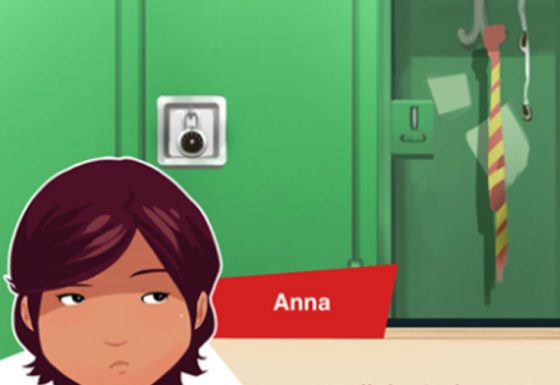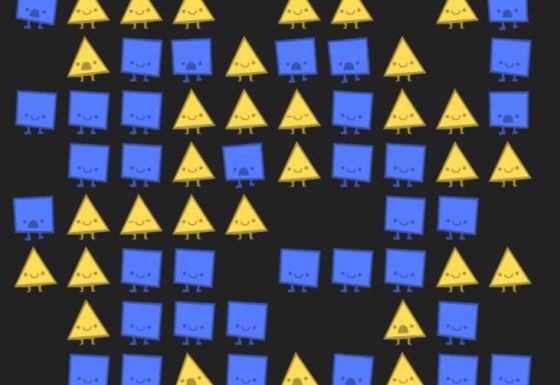The Issue:
At Minecraft, we believe that we are better together. That means creating an inclusive environment designed to accommodate unique skill sets and backgrounds so we can appreciate and incorporate the wealth of diversity around us. We especially need to focus on uplifting and supporting marginalized voices so that we can truly build a better world together.
The Game Design Prompt:
Create a game that celebrates diversity and teaches people how to uplift marginalized voices. Work individually or in small teams to design and code a game in Minecraft: Education Edition.



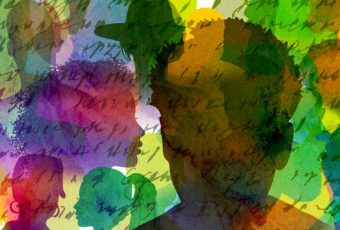
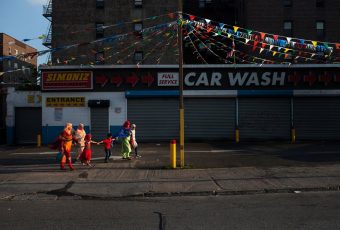
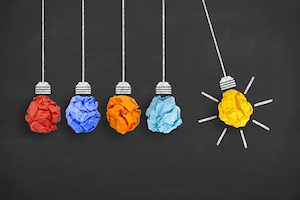
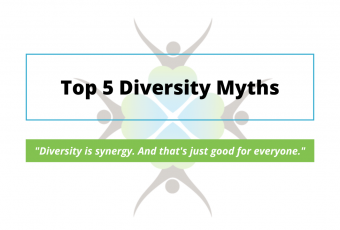
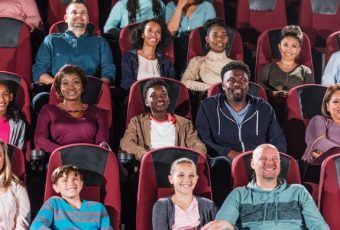

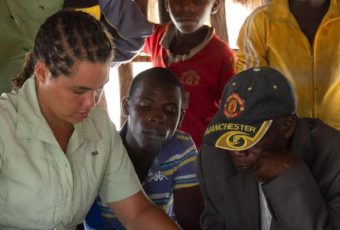


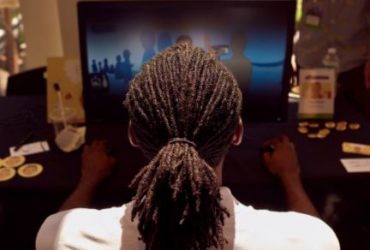
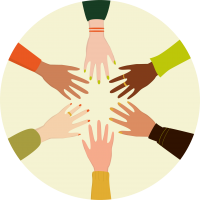













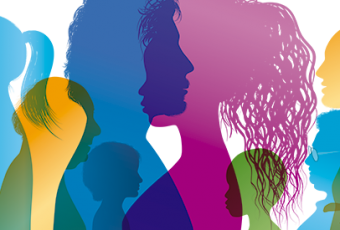
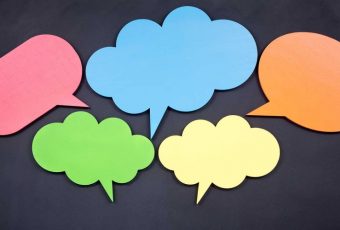
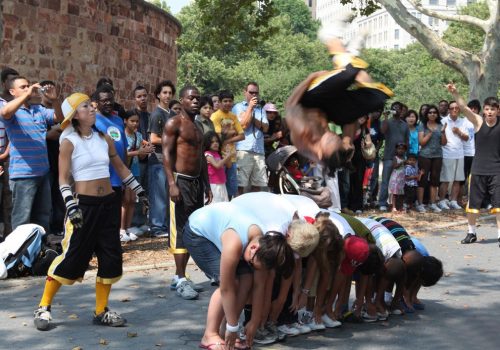

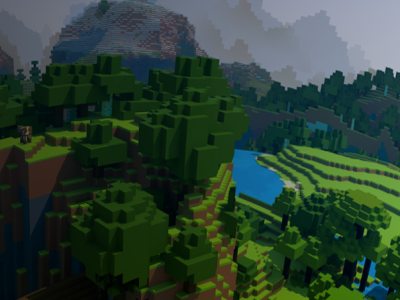

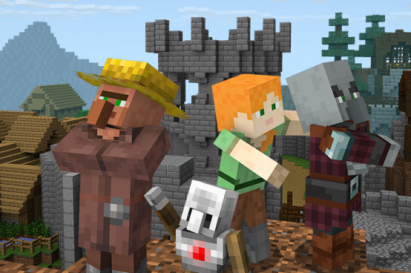
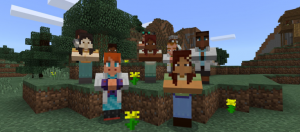 Minecraft: Education Edition offers a new
Minecraft: Education Edition offers a new 